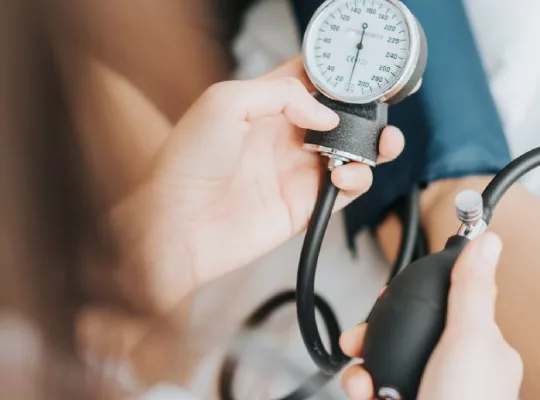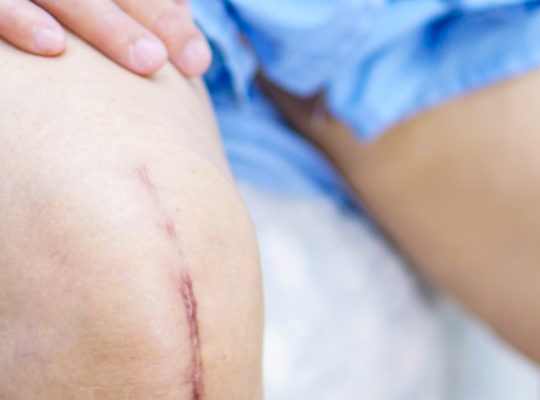It’s October and you know what that means, Trick or Treat! But aside from the scary stories and ghoulish fun, the month of October also signifies something very important; it is National Breast Cancer Awareness Month.
Over the years, we’ve seen a huge increase in Breast Cancer Support and Awareness (i.e. NFL sporting pink socks, sweatbands and helmets) which is wonderful, but I can’t help to think that although many of us are aware of Breast Cancer and it’s significance, we may not understand what exactly Breast Cancer is, who it affects and how we can be pro-active in identifying the early signs.
The Significance:
The unfortunate truth is that Cancer is a leading cause of death in the United States with Breast Cancer ranking 3rd behind Lung and Colon Cancer. The worst part is that that many of us can easily think of someone who has been directly affected by Breast Cancer and statistically, it is said that 1 in 8 women will experience breast cancer in her lifetime.
According to the Susan G. Komen Foundation, in 2013, it is estimated that there will be 232,340 new cases of invasive breast cancer, 64,640 new cases of in situ breast cancer and approximately 39,620 deaths in women will occur.
Although rare, men can fall victim to Breast Cancer as well, about 2,240 new cases of invasive breast cancer and 410 deaths are estimated for men in 2013.
Pretty shocking, right?
What is Breast Cancer?
Breast Cancer is when the cells within the breast divide and grow without normal control. There are two types of Breast Cancer, invasive and non-invasive (aka ductal carcinoma in situ or DCIS).
Invasive Breast Cancer spreads outside of the lobule or ducts into the breast tissue. From there, the cancer can enter into the bloodstream or lymphatic system and in advance stages continue to spread throughout the body.
Non-Invasive Breast Cancer or ductal carcinoma in situ (DCIS) occurs when abnormal cells develop inside the ducts, but have not spread to nearby tissue or throughout the body. Although the abnormal cells have not grown outside the ducts, they can still develop into invasive breast cancer.
Breast Cancer in Men is a rare, although there is a possibility. During puberty, hormone levels stop breast development from occurring in males, however, some milk ducts still exist but remain undeveloped putting men at risk for breast problems, such as cancer.
Are You at Risk?
Researchers don’t know what causes breast cancer, so it is important to understand what may put you at risk.
• Gender – Both Men & Women, but women are at a much higher risk
• Age – Breast Cancer can develop at any age, however, the older we get the higher our chances. The majority of women diagnosed are over the age of 55.
• Family History & Genetics – Breast Cancer can run in families and can be passed down through your mother or father, known as the mutated genes BRCA1 or BRCA2. If these two genes are found, it significantly increases the risk of developing breast cancer. Also, having a history of ovarian cancer may contribute to developing breast cancer.
• Weight Gain – gaining weight may increase your risk of breast cancer.
• Heritage – Depending on your ethnicity, you may be at a higher risk.
Click here to Learn More about Breast Cancer and Ethnicity.
• High Breast Density – High Density can make it difficult to detect tumors on a mammogram.
• Click here for a full list of Risk Factors.
How to Protect Yourself?
As mentioned above, it is still unknown what exactly causes breast cancer; however, we do have some ideas as to what may put as at a greater risk. Understanding the risks and how they apply to you is the first step in determining what changes you can make to reduce your chances of developing breast cancer.
In addition to understanding the risks, maintaining a healthy lifestyle may reduce your risk of breast cancer or other health issues. A healthy lifestyle includes, maintaining a healthy diet, exercising for 30 minutes a day, reducing alcohol intake and to quit smoking (if applicable).
As a woman, the number 1 way to protect yourself is to have your annual mammogram screening, administering a monthly self-exam and communicating with your doctor about your health and family history.
For men, you’re at a higher risk if you have BRCA2 or BCRA1 gene mutations in your family or if you have a strong family history of breast cancer, such as a mother or sister diagnosed under the age of 40. Based on your family history, your doctor may recommend having a clinical breast exam every 6 to 12 months.
It is super important for women to get their yearly mammograms. Mammograms and early screening tests are the best way for women to lower their risk of dying from breast cancer. Early screenings can detect abnormalities in their early stages, and increases the chances of survival.
Self-Exams should be done once a month. Getting to know your body will make it easier for you to identify a change. For tips on performing self-examination, click here.
Knowledge is Power. If you’re interested in learning more, I’ve included the sites I’ve found most helpful in my own personal research. I’ve also included some ways to support the cause this October. Ready to put on some Pink & help spread the word? We (e-firstaidsupplies.com) sure are!
Informative Links:
Susan G. Komen
- Risk Factors & Prevention
- Breast Cancer in Men
- Understanding Breast Cance
- Breast Cancer Facts & Statistics
Bright Pink
National Breast Cancer Foundation
Breast Cancer Walks




